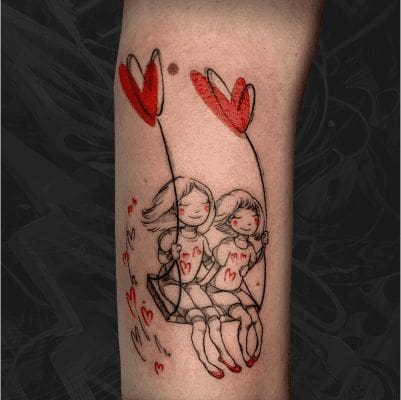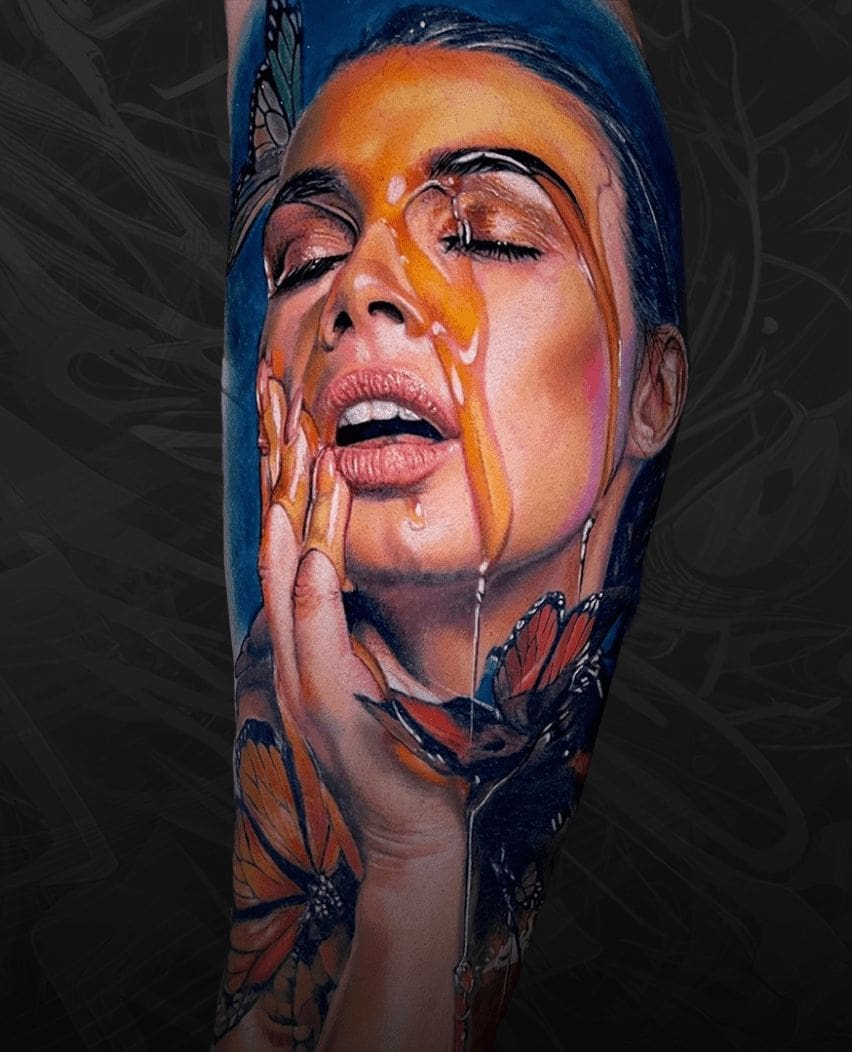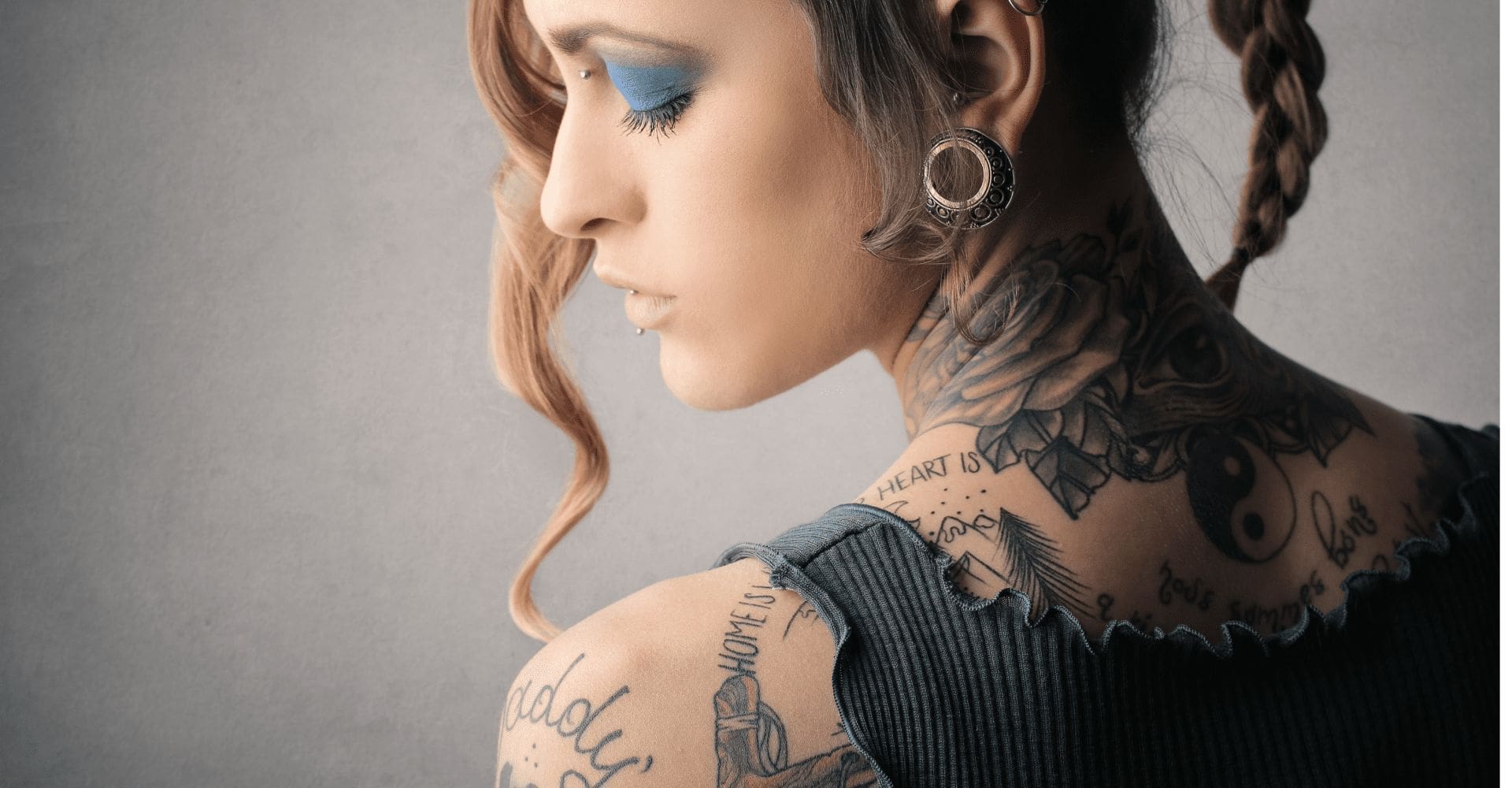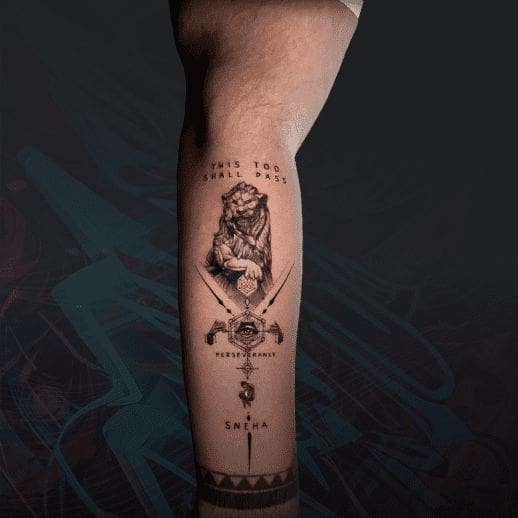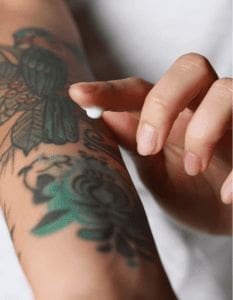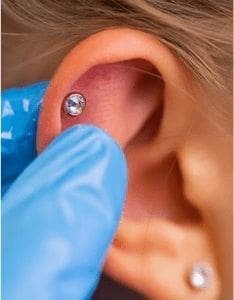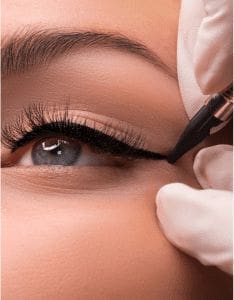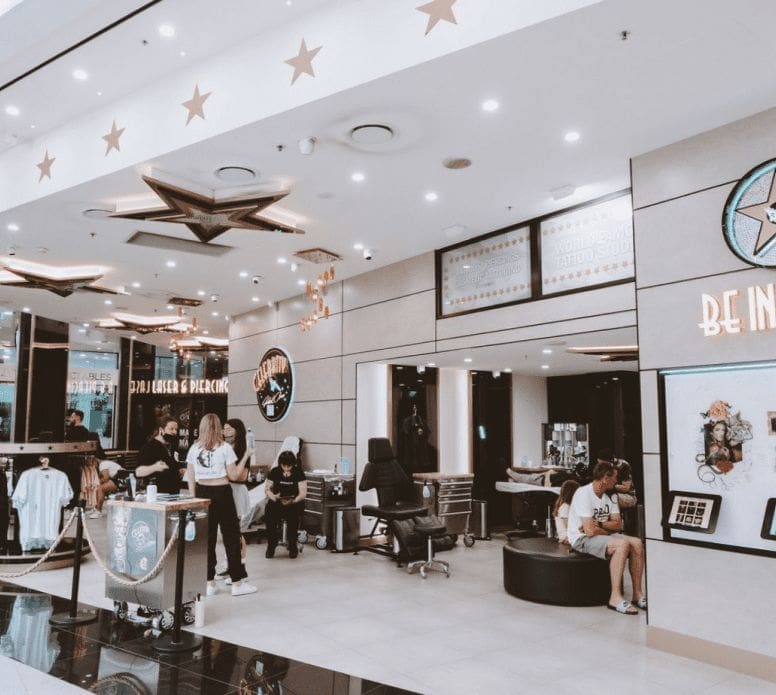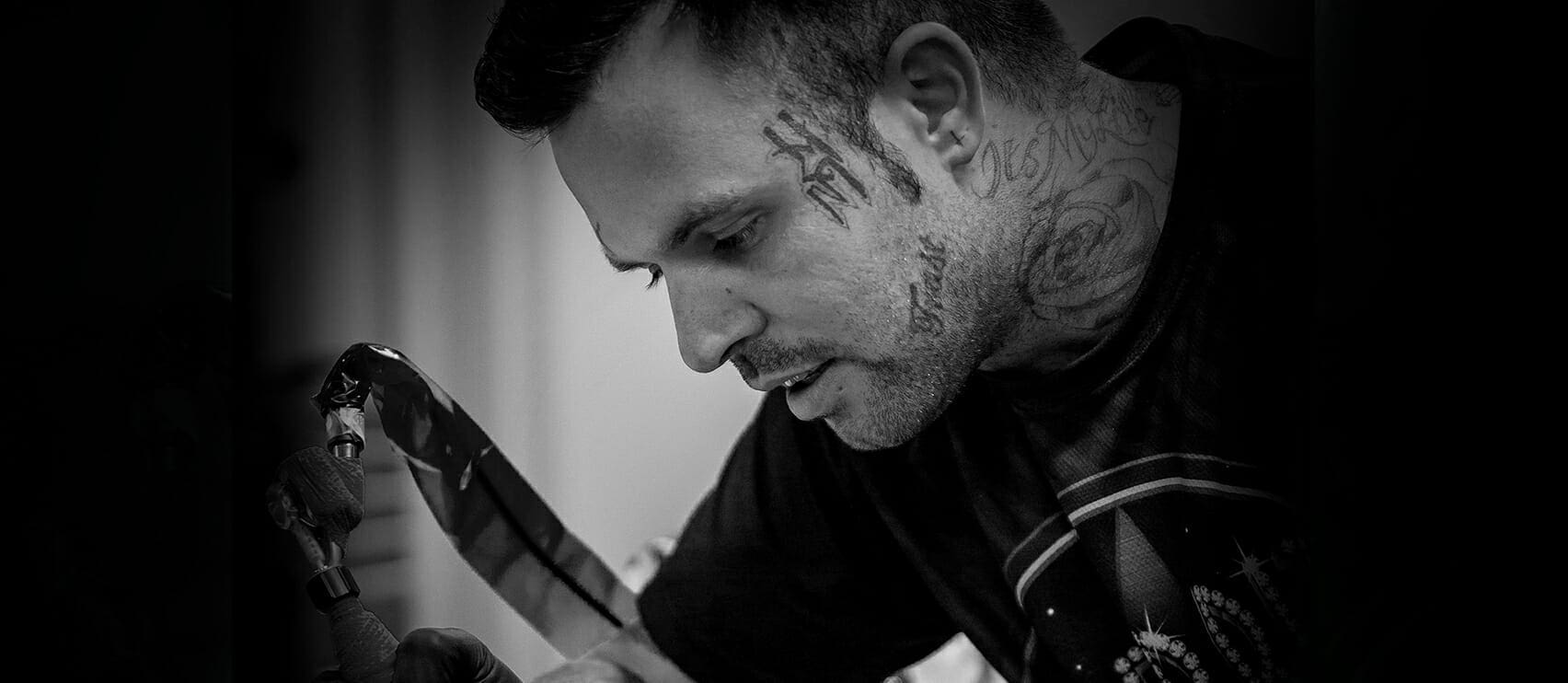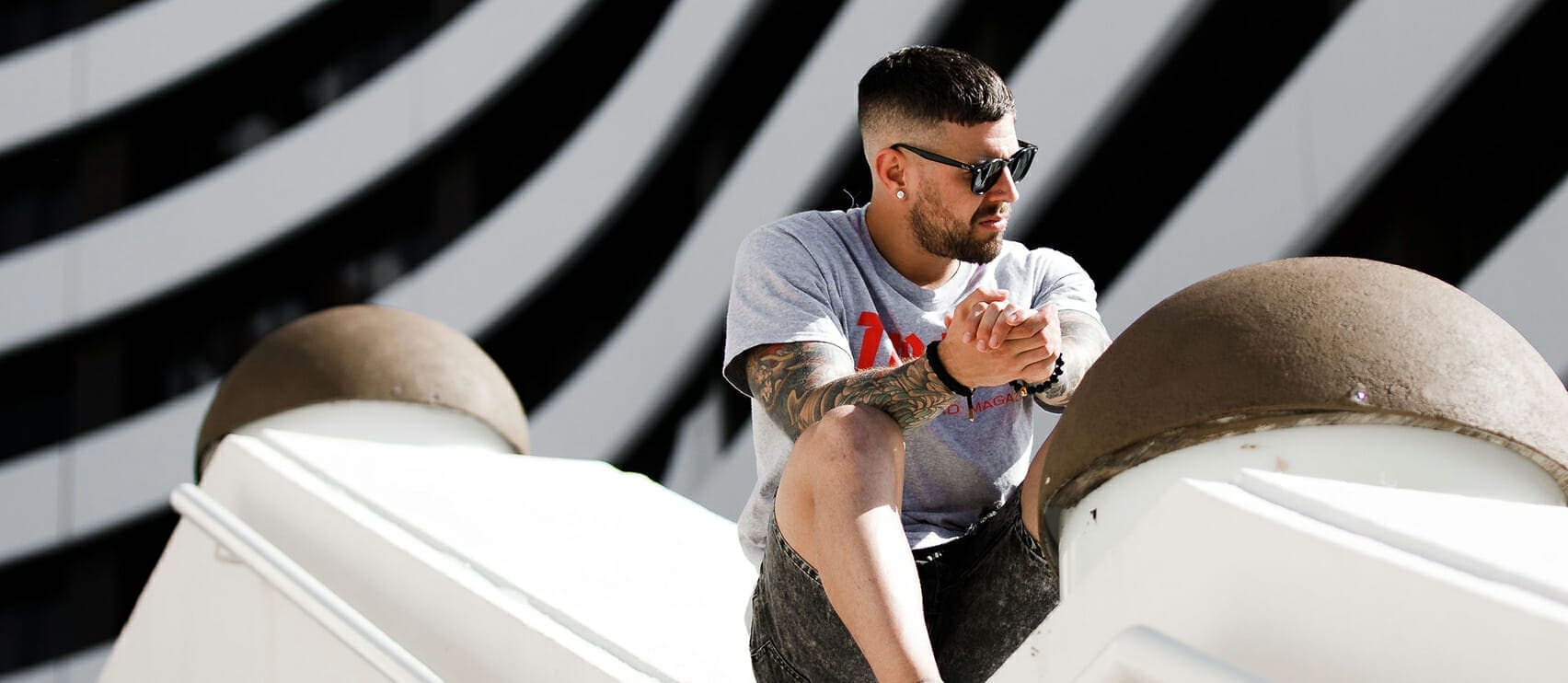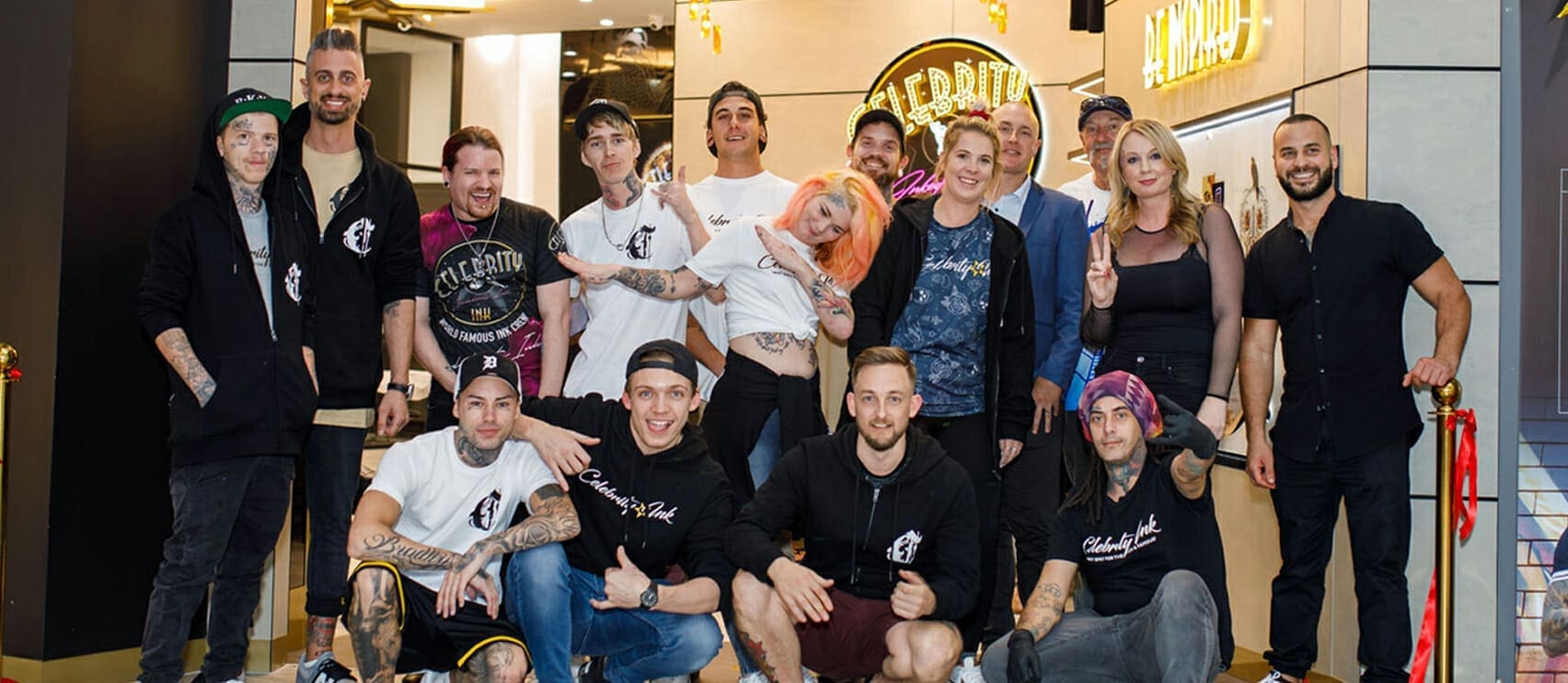Feeling rejected by your piercing? Don’t take it personally, as piercing rejection is more common than you think. In fact, it even happens to celebrities like Cardi B who is not afraid to share a thing or two via her instagram. The 27-year old showed how a recent piece of jewellery was hanging off her skin with just a small part of it still attached to her chest. This is known as piercing rejection and it’s interesting as you can have two in the very same area and only one of them shows signs of rejection.
So why does it happen and what can you do about it?
What is piercing rejection?
Whilst most of the time, piercing your body with jewellery is perfectly suitable, sometimes a piercing may be rejected by the body which can be uncomfortable and potentially cause scarring. Finding this out early can reduce the amount of scarring you will have and damage to the skin.
The very nature of piercing is penetrating the skin with something foreign, meaning the body has the potential to see it as harmful and reject it. While done with pristine hygiene and sterilisation, whenever the skin is pierced or broken there is a small risk of infection, scarring or an allergic reaction. The body's immune system can see the jewellery as a foreign object and reject it.
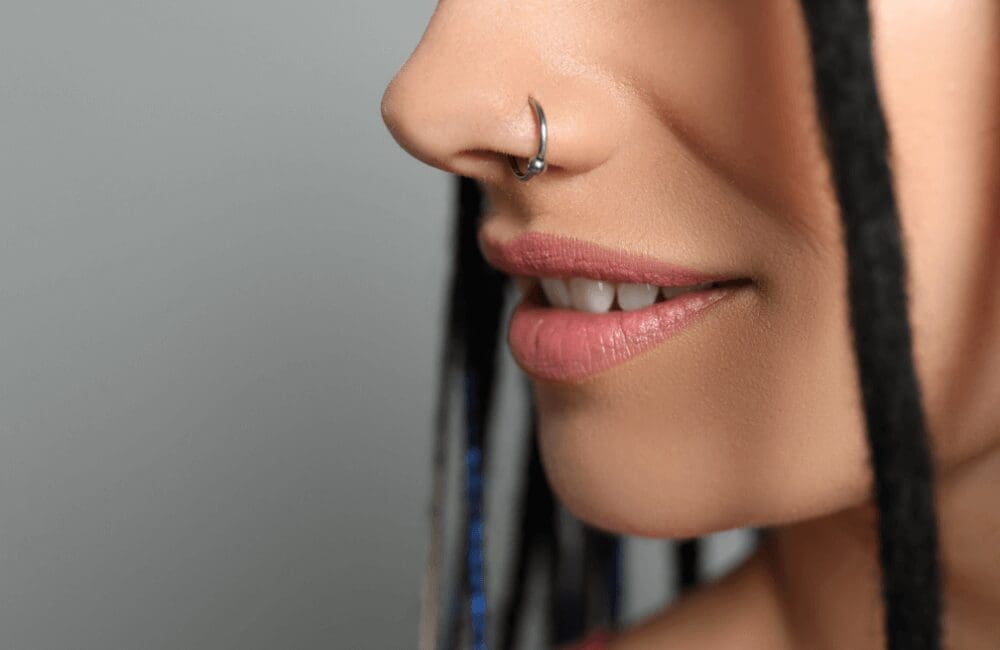
What are the symptoms?
Signs that a piercing is being rejected or otherwise known as ‘migrating’ include:
- in the first few days the piercing is sore, red, irritated or dry
- the jewellery becomes visible under the skin or on the outside of the piercing
- the piercing hole itself appears larger
- the jewellery is hanging differently or appears loose
What can help reduce the chances of a piercing rejection?
To reduce the risk of a piercing rejection, it’s important to choose a qualified practitioner - go for someone who does this as a core part of their business, as experience counts. They must use high quality jewellery and practice proper piercing aftercare. Be aware of the practitioners’ sterilisation and safety measures as they should be using an autoclave for their sterilising equipment (you can ask artists when you enquire).
Ensure you are confident they practice good hygiene as it can help lower the risk of infection which can lead to piercing rejection. Of course, beyond that, much of the potential to be rejected depends on the body’s immune system and sometimes the type of piercing as some piercings tend to reject more than others.
What types of piercings are more susceptible?
Surface piercings such as eyebrows, neck, nipple and wrist tend to be rejected more easily than other piercings. That’s because they do not travel directly through the body, but rather along an area of skin because the jewellery is puncturing only a small amount of the skin’s surface. They are more prone to rejection because it’s easier for the body to push the jewellery out of a small amount of skin. By comparison, a non-surface piercing such as an earlobe, ear cartilage, lip or tongue do not reject as they pierce all the way through from one side to the other.
Follow the aftercare plan
Aftercare is incredibly important to ensure healthy healing and no rejection -don’t use harsh cleansers or alcohol as they can irritate the skin. It’s important to keep the area clean with a sterile saline solution as recommended by the professional piercer and be sure not to bump it as it can also cause irritation and therefore rejection.
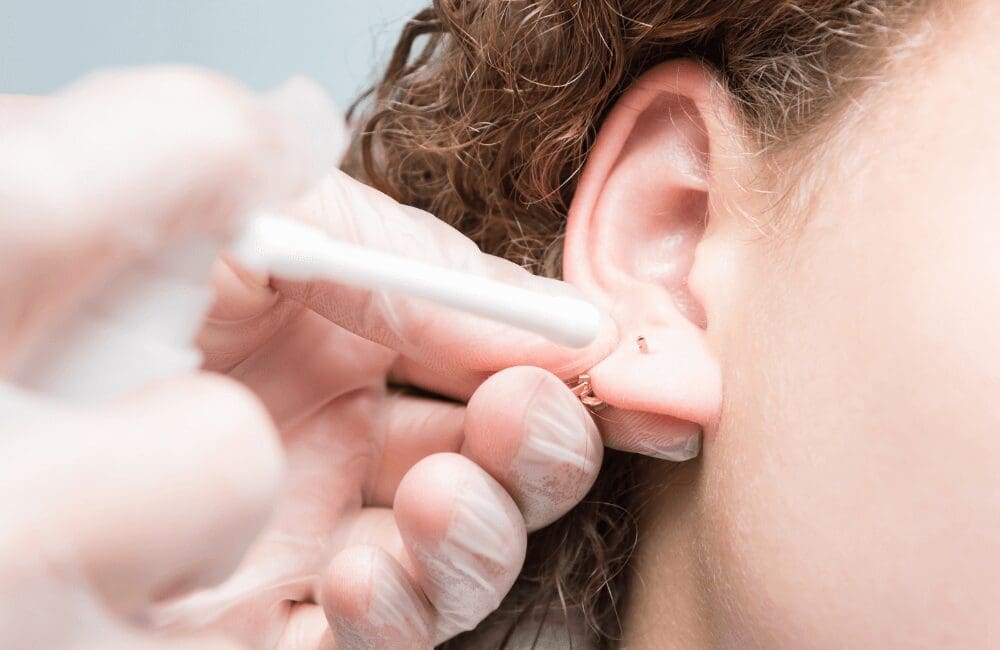
What to do if you notice signs of piercing rejection
If you notice signs of rejection and you can safely remove the piercing, then do so immediately and contact the piercer. If you leave the jewellery in, it increases your chances of scarring further and may prevent you from ever being able to have a piercing in the same area. Sometimes the use of a thicker gauge jewellery item or a different shape or type of metal can make the world of difference to success.
Fear not, if you experience a piercing rejection you will recover without any major health issues but it’s most important to be aware that you may have some mild scarring and it may not be possible to get a piercing in the same place again. At Celebrity Ink™, we have professional piercers for you to make an appointment with today for expert advice on body piercings.

